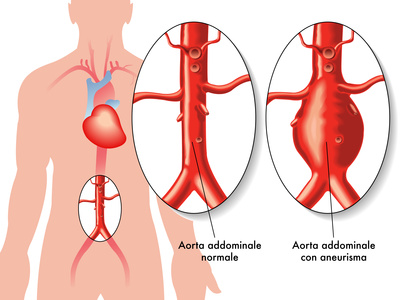With the remarkable drop in tobacco use across the world, also dropped mortality associated to abdominal aorta aneurysm rupture (AAA). All AAA screening programs have been designed decades ago, when the risk was higher. This is why we might need to rethink these programs, or at least design new randomized controlled studies to pave the way.
 This Swedish analysis looked into AAA related mortality in the last years and compared men from regions that had access to adequate screening programs and those who did not. Its outcomes raise the question: is it worth to keep systematically screening for this disease?
This Swedish analysis looked into AAA related mortality in the last years and compared men from regions that had access to adequate screening programs and those who did not. Its outcomes raise the question: is it worth to keep systematically screening for this disease?
The Swedish program was based on randomized and controlled studies carried out in the 80s and 90s, when the incidence of this disease was higher. Today, some studies account for a 70% drop in AAA incidence, which could be explained by a drop in tobacco use. With the drop in AAA incidence, we could expect a drop in the net clinical benefit of screening programs, or at least a change in their cost benefit ratio.
Read also: Urgent/Emergent TAVR: A Valid Option.
The present study, recently published in the Lancet, looked into AAA related mortality between 1987 and 2015, with a drop from 36 to just 10 deaths every 100,000 men between 65 and 74 years of age.
It also compared mortality between regions that had access to these screening programs and those that did not. Mortality decrease after a 6 year follow up saw no changes in the screening group (OR 0.76; CI 95% 0.38–1.51). With today’s figures, for every 10,000 mean actively screened for this disease, we can expect 2 deaths.
In the sample group, there obviously were more AAA cases, which lead to 19 programmed interventions every 10,000 hombres, though 49 cases were overdiagnosed.
Read also: Real-Life Functional Assessment of Coronary Stenosis: We Are Yet to Convert to It.
Study limitations include no information on the size or the type or aneurysms and that not all countries had successful stop-smoking programs, so reduced AAA incidence in Sweden does not necessarily mean a global reduction of this disease.
Original title: Benefits and harms of screening men for abdominal aortic aneurysm in Sweden: a registry-based cohort study.
Reference: Johansson M et al. Lancet. 2018;391:2441-2447.
Get the latest scientific articles on interventional cardiologySubscribe to our weekly newsletter
We are interested in your opinion. Please, leave your comments, thoughts, questions, etc., below. They will be most welcome.





